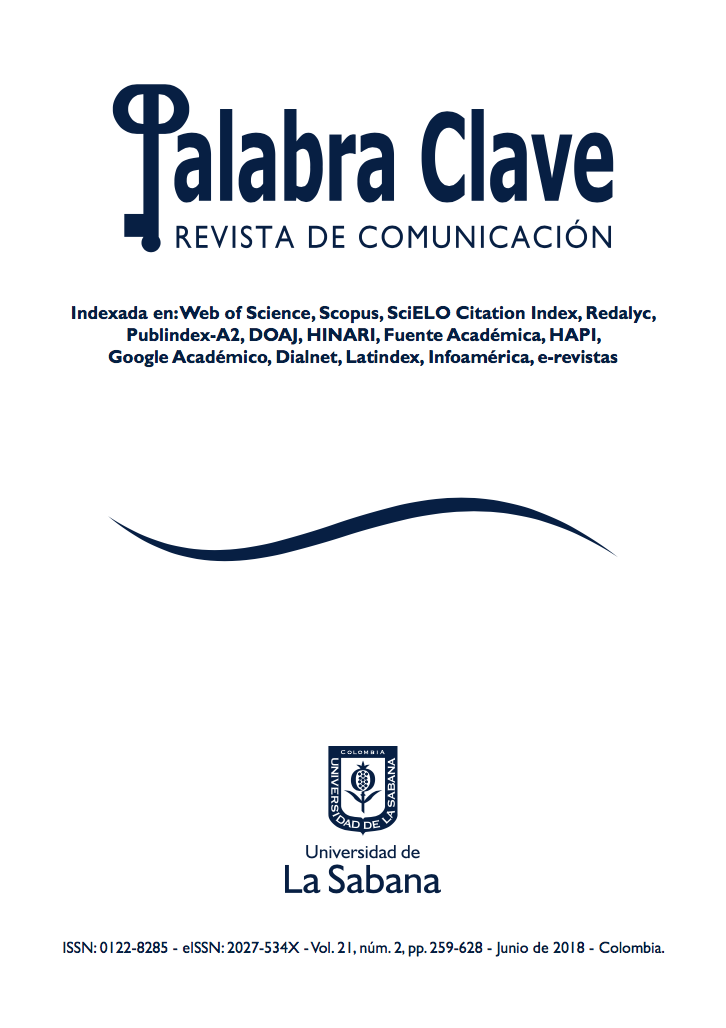The Silence of Representation: The Image of Victims in Post-Taliban Cinema in Afghanistan
Keywords:
Afghan cinema, victims, representation, post-conflict, cinema and politicsAbstract
Afghan cinema has been inextricably linked to the different conflicts that have marked the social context of the country and the region. e fall of the Taliban regime in 2001 allowed the country’s lm industry to rise again and, as a result, it has also allowed the opportunity to tell what Afghan society experienced during the years of most radical repression. Some of the works of Afghan cinema have explored ways of understanding the voice and the testimony that move away from the traditional formulas repeated by the mass media and by the most commercial cinema, and introduce a reflection about the expressive possibilities of silence and paralysis that we often overlook in our desire to privilege word and action. is paper proposes an analysis of some Afghan films as a way of learning and analyzing the way others have faced the problem, always open to the reconstruction of memory through the voice of those who suffered the direct consequences of an armed conflict of several decades. This is not to suggest that the Afghan context should be used as a model in Colombia when considering the role of cinema in the so-called “post-conflict,” but to open up the possibility of considering the problem of “giving voice” through the analysis of what has happened in other contexts, and the role assigned to image in those contexts.
Downloads
Published
How to Cite
Issue
Section
License
1. Proposed Policy for Journals That Offer Open Access
Authors who publish with this journal agree to the following terms:
- Authors retain copyright and grant the journal right of first publication with the work simultaneously licensed under a Creative Commons Attribution License that allows others to share the work with an acknowledgement of the work's authorship and initial publication in this journal.





